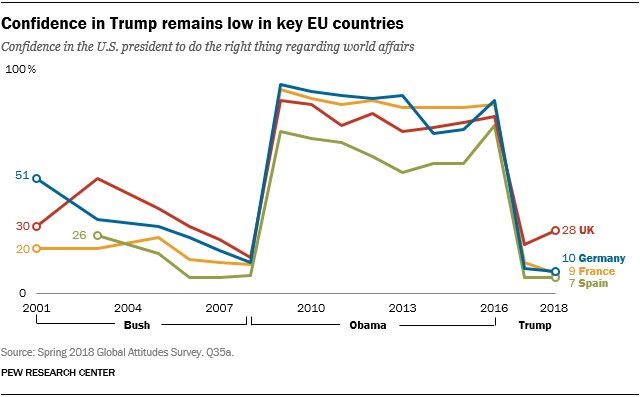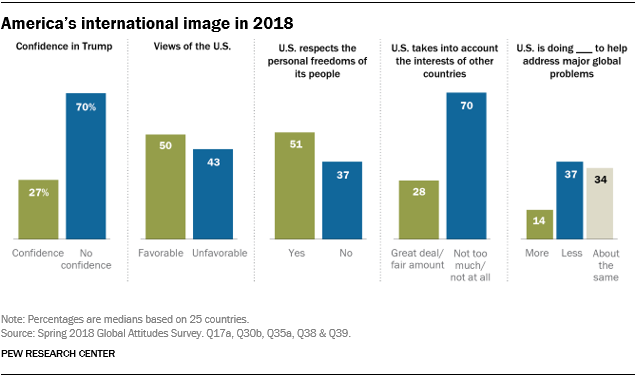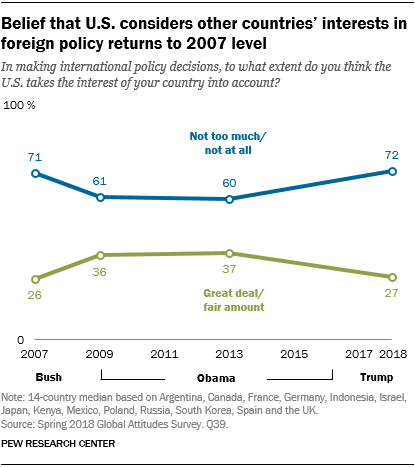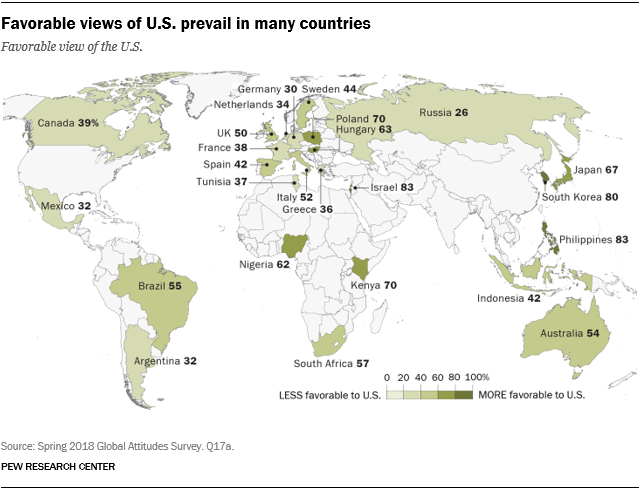The Western Investment Company of Canada Limited WI (TSXV)
WI has been added to the crew of
The Financial Passage Maker.
Founded in 2015, the company is based in High River Alberta, about 60 km south of Calgary.
The Western Investment Company of Canada Limited (“we”, “Western” or the “Corporation”) is a publicly traded private equity company based in Western Canada. Our common shares trade on the TSX-V under the trading symbol WI. Our purpose is to create long-term wealth for shareholders by building and maintaining a diversified portfolio of strong, stable, and profitable Western-based companies while helping them to grow and prosper.
Our strategy is to use our expertise and capital to cultivate already great Western Canadian businesses, ultimately contributing to their success and legacy over the long run.
Western’s targeted industry verticals align with the industry expertise of the Board of Directors and include: (i) financial services and insurance; (ii) retail and distribution; (iii) human services; (iv) agriculture and related services; and (v) special situations. Western's ideal acquisition enterprise value is between $10 million and $100 million and ownership interest between 30% to 100%. Western will prospect acquisitions from: (i) director and executive networks; (ii) midmarket accounting and merger and acquisition advisors and (iii) private equity and corporate divestitures.
https://winv.ca/wp-content/uploads/2019/04/Q4-MDA-December-31-2018.pdf
The company seeks to acquire significant ownership positions in client companies by:
1. Offering “Continuity Capital”
2. Providing oversight using “Pattison Principles” and “Rockefeller Habits”
3. Maximizing return to shareholders through “Western Sensibility”
"Continuity Capital" is described below:
- Fund succession and/or growth for an already successful business.
- Founder share ownership with unique put/call structure and earnouts.
- Buy-in program for existing management.
- Entrepreneur friendly, respectful negotiations.
- Board of Directors’ seat/voting fairness for owner.
The proposition for business owners.
- We can provide access to capital, business development tools, strategic contacts, customer referrals and deep expertise in our chosen industry sectors.
- Our oversight is entrepreneur friendly and we encourage both current owners and their management teams to continue managing the business.
- Our experienced team can provide mentorship when and where it’s needed in a collaborative environment; we have a diversified team with skills in operations, finance and sales.
- Being a public company allows business owners to access a tax deferred rollover, if they choose.
- We want to own our businesses for a long time; there is no requirement to exit the relationship in five to seven years, compared to traditional private equity firms.
Reasons for Investing
1. The Potential for Significant Gains
I have a penchant for investing in new enterprises. Why?
They offer the prospect of significant gains if/when superior performance is eventually recognized by the market. At present, WI is not covered by analysts.
2. The Economic Potential of Western Canada
WI confines its activities to British Columbia, Alberta, Saskatchewan and Manitoba.
The economies of western provinces are heavily dependant on the extraction of natural resources. The impact of a downturn in the oil and gas sector has overshadowed a more basic trend:
In 2017, the west was the fastest-growing region of Canada, led by British Columbia and Alberta. GDP growth across Canada is expected to slow down in 2018 and 2019, but Western Canada will likely still outpace the national average.
The
Economic Overview provides a concise overview of the strength of the region. The economy is diverse and offers fertile ground for the operation of The Western Investment Company of Canada.
3. Business Community in Western Canada - Ideal for WI
This is my take. The following observations may not be applicable to British Columbia as Lotus Land is very different from provinces shadowed by the brims of Stetson hats.
The prairie provinces have a very strong sense of community. Social networks are strong and of a size where it is possible to "know of" a very large number of people in social and business circles in ways that are different from large urban conurbations. This sense of "connectivity" provides a real advantage to companies such as WI, especially as the company operatives are prominent members of the communities.
The practical aspect of this is that WI can develop a high profile and possibly, have a stronger presence that would be the case if it operated in a more crowded and anonymous environment. It may be possible to generate "deal flows" more easily over time.
4. The Business Pedigrees of WI's Principals
Nothing succeeds like success. The principals have an enviable record of achievement in business and community life.
The Team
They have much to offer to prospective partners: access to sources of financing, business/government/social networks, business acumen which understands the operating environment in western Canada. Page 10 of the Investor Presentation indicates that 35 percent of potential acquisitions are attributable to directors and management of WI. This is significant. I would be very interested in seeing how many of these resulted in acquisitions. My bet that it is higher than other sources such as M&A advisors and private equity.
It's all about people. This is the KEY reason why I have invested in The Western Investment Company of Canada Limited.
As a measure of its commitment, management owns almost 18 percent of WI's shares.
5. The Business Model
It is easy to understand and to monitor. WI focuses on investing in
profitable companies, thereby minimizing a major business risk. Its investment portfolio is diverse and I have the sense that most of the companies are fairly resilient in the face of economic recessions.
The governance model is attractive. Although WI may have a majority interest in the companies in its portfolio, it does not dominate the boards of directors of those companies and provides them with considerable leeway to manage their businesses - ownership but not business control. The model provides incentives for the businesses to thrive and the degrees of operating freedom to adapt to changing circumstances - a collegial model as opposed to command and control.
The Management Discussion and Analysis reports are easily understood. They provide a useful insight into to evolution of the businesses within WI's portfolio. In my view - more investor friendly than most other listed companies where you have to wade through opaque prose and convoluted footnotes.
6. Access to Capital
Given the deep connections and reputation of the leadership team, I think that it will be fairly easy for WI to secure funding for its operations and future acquisitions. Judging from the early going, it would appear that the five companies within WI's portfolio are making good progress ... a factor that will be considered by providers of capital.
7. Valuation
Currently, the Price/Book ratio is .77. I figure that this represents a good entry point. In contrast to many companies with low ratios, WI is not overburdened with debt. (Readers are urged to undertake their own due diligence, including a review of things financial.)
Risks
The company is in the early stages of operation. The track record is only a few years long. In one sense, however, it could be argued that companies in Alberta are operating within a rather challenged economic environment given the travails of the oil and gas sector. In this respect, WI's companies have already been stressed tested to a certain degree.
It is still too early to see how WI will adapt to changes in management within its corporate structure as the inevitability of the" demographic harvest" is closer than some of the crew would like to countenance. I wish them all long and productive lives.
I see no outsized risk that would deter me from investing in WI.
Concluding Remarks
- The investment is based primarily on my assessment of the quality of management and the resources it brings to the business: expertise, record of success, extensive connections.
- I like the business model: offers fairly equitable and tangible benefits to clients as well as WI.
- The Western Investment Company of Canada Limited is in its early stages. As such, my investment horizon is in the order of 10 years or so.
- My initial position in WI comprises about 5 percent of the value of my portfolio. I may increase my stake on the basis of the company's performance.
- The company is tiny and the share price may fluctuate significantly on low trading volumes. I have learned to tolerate volatility in fledgling enterprises.
- I expect that this company will exhibit slow, steady growth by virtue of the "space" it occupies. It is an ideal holding given the present state of the market as I believe that its member companies will be somewhat resilient in the face of a recession.
I like the present trajectory of WI. See the most recent press release:

KAHULA CHOCOLATE FUDGE
A liqueur-inspired licker mixing our kahula coffee ice cream with a chocolate marble swirl. (an enthusiastic copy writer!)
 Our old-fashioned Saskatoon berry ice cream, filled with real berries and a virtual crust of graham crunch.
Our old-fashioned Saskatoon berry ice cream, filled with real berries and a virtual crust of graham crunch. (could replace maple syrup as Canada's national dish)
Perception of Companies in WI's Portfolio
As part of my due diligence for each company, I did a search on the web for two things: a) customer reviews; and, b) employee reviews.
I came away with the impression that all of the companies produce products and services which are well regarded by their customers - even allowing for the fact that consumer web sites tend to attract cranky individuals with a grievance. And for a senior living center to receive consistently positive reviews is special.
It also seems as if the companies are good places to work. Once again, it is singular that the employees of Golden Health Care Inc. expressed such positive attitudes - noteworthy considering the nature of workloads and the sometimes stressful nature of the environment.
When assessing potential investments, I place an inordinate amount of attention on the "softer side" of businesses:
- quality of management (first, second and third) ... and then
- strategic positioning
- quality and competitiveness of the product or service
- employee quality and loyalty
All too often, analysts focus on financial metrics, forgetting that they are the result - not the cause - of performance.
Along the same lines, one need only look at what happens when predatory money managers take over viable companies and "run them by the numbers". Come on down Tim Hortons! It is shameful to see the decline of this iconic institution.
What Happened to Tim Hortons? ... The Mother Country takes notice of happenings in a former colony ... and what's it about with that guy wearing the coffee cup?
I see none of this with The Western Investment Company of Canada, hence my decision to bring it on board in several of our portfolios.
Addendum
Conglomerates can be "good" or "bad". Sometimes diversification works in the interest of share holders. In other instances, it does not. The following article makes the point that conglomerates sometimes subsidize the performance of unprofitable inmates within their corporate houses.
A Thread on Diversification
For me, it was a learning moment, especially as I have invested in aggregators such as Rocky Mountain Equipment.









